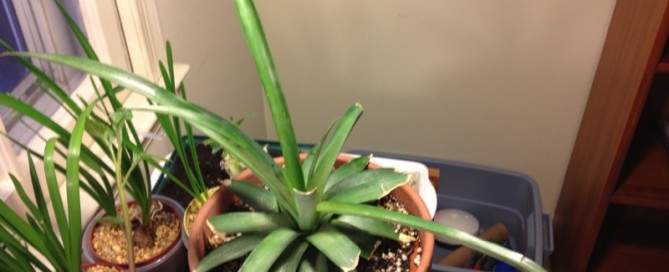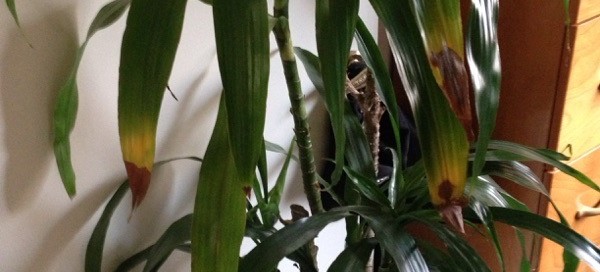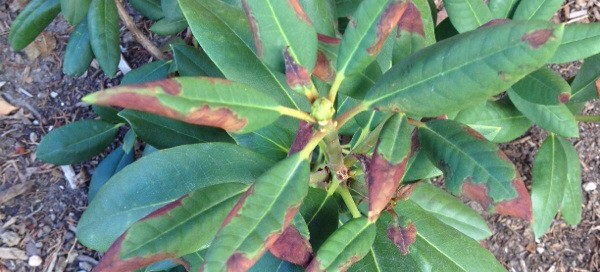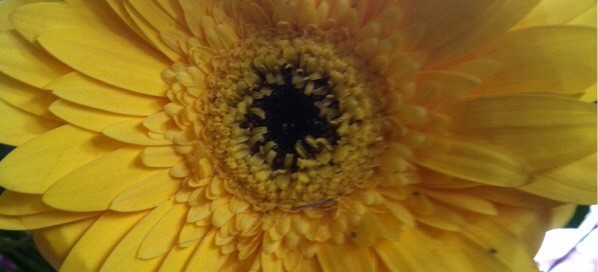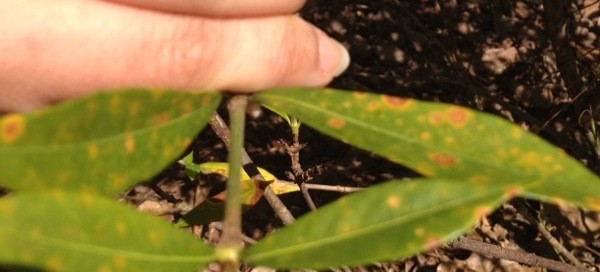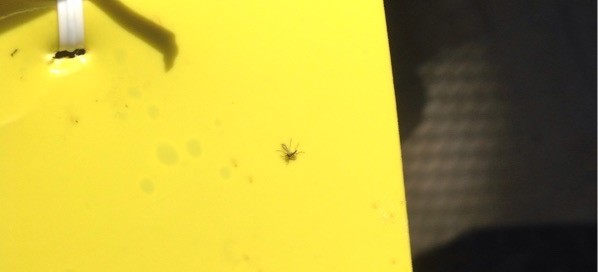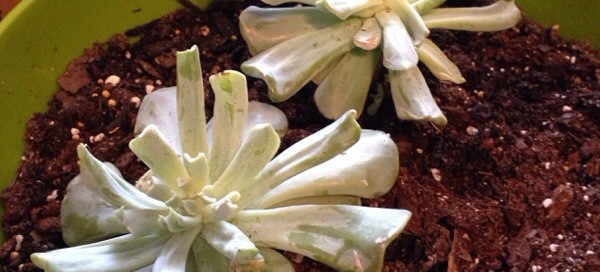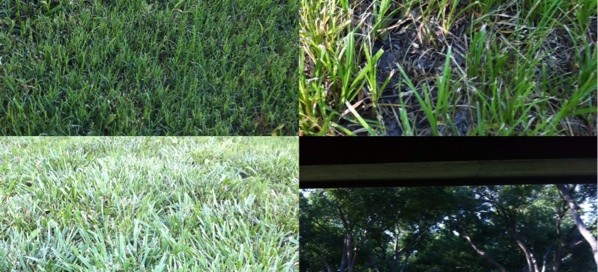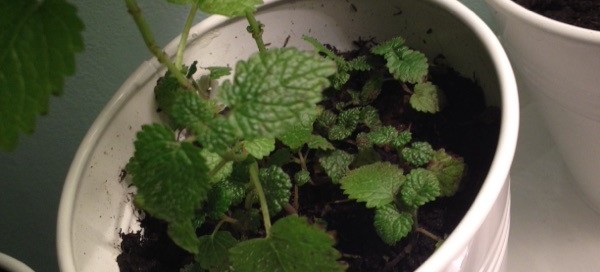Pineapple Top Dying
Since you mentioned the center leaves were dying I think you are about to lose the whole thing. Here's what you need to do when you try another one. Your soil mix is a bit heavy and holds too much water. Remember pineapples grow in very porous volcanic soil. Try using a commercial cactus and succulent mix and even add a bit more Perlite or pumice to it. You are watering too much, especially with your heavy soil. Water really well when you do, and don't water again until the top inch or so of the soil has become dry. Don't water it in the center like other bromeliads. Your northern exposure is just about as wrong as you can be. Pineapples need full sun and lots of it. I understand by your location that it has to be inside for the winter so give it a southern or western facing window if possible until you can move it outside in spring in full sun. Doing all these things should make it (your new one) quite happy and it will grow very large pretty fast. You will need to move it into a larger container maybe a couple of times over about 2 years. With 2 years more or less, and a container about the size of a half whiskey barrel you could very well set a fruit on it!
